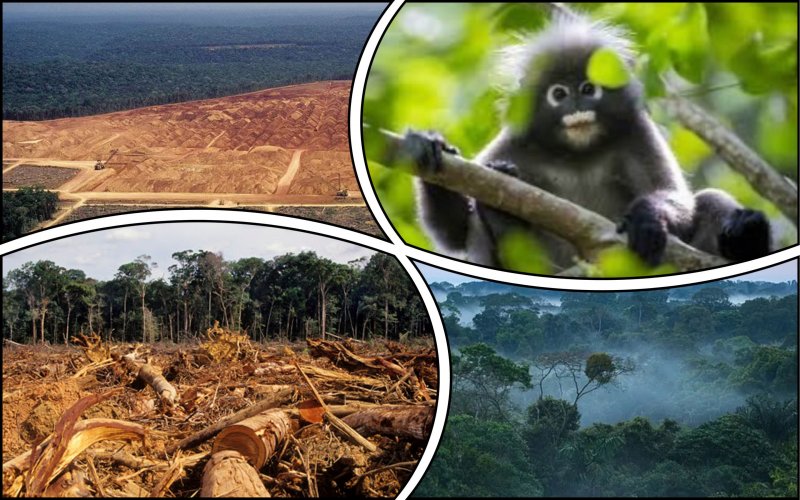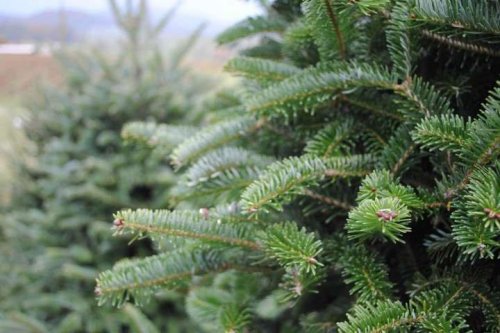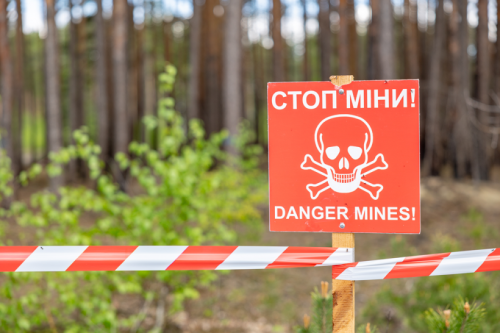According to Global Forest Watch, during the years 2000-2020, the area of virgin forest landscapes (NUF) in the world decreased by 155 million hectares, i.e. on 12
The rate of disappearance of such forests over the past 20 years has also increased – from 7.1 million hectares per year in 2000-2013 to 9 million in 2013-2020, reports ECO-inform.
NLLs are defined as areas of forests and natural treeless ecosystems that do not show signs of significant human activity or habitat fragmentation and are large enough to preserve all local biodiversity. Most of these forests are located in boreal and tropical regions.
The material emphasized that the main reasons for the destruction of such forests are:
- construction of new roads for extraction of industrial wood, oil and gas;
- expansion of agriculture;
- fire
"If the trend does not change, in this century the world may lose a significant part of its entire forest massifs, which will create problems for nature, climate and people's well-being," ECO-inform stressed.
It is noted that as of 2020, Canada, Russia and Brazil had the largest area of NLL, accounting for more than 65% of the total world area. However, these countries also experienced the largest declines between 2000 and 2020. Thus, Russia lost 40.9 million hectares of natural habitat mainly due to oil and gas extraction, industrial logging, gold mining, and large-scale anthropogenic fires. In Brazil, the main causes were the expansion of agriculture and pastures, and in Canada, human-caused fires.
The article emphasized that in 2013, Romania lost all its NLL. And in Japan and Cuba, the area of NLL has hardly changed from 2000 to 2020.
The article explained that forests play an important role in the fight against climate change. NLLs have an average annual net carbon absorption of 2 gigatons. That is, more than a quarter of the average annual global net absorption of carbon by forests. In addition, the northern boreal forests have huge stores of carbon in the soil. Such forests also have a wide biodiversity.
It is noted that only 36% of NLL in the world have a certain conservation status and are protected from cutting. There are a number of international agreements and national forest commitments aimed at halting forest loss, including:
- New York Declaration on Forests;
- UN Sustainable Development Goals;
- Leaders' Declaration on Forests and Land Use (Glasgow) and the 2020 Convention on Biological Diversity, etc.
Earlier, EcoPolitic wrote, that researchers from the University of Maryland found that in 2022, about 11 football fields of forest were cut down every minute in the world, and the total area reached the size of Switzerland, i.e. more than 4 million hectares.
As EcoPolitic previously reported, US President Joe Biden announced new plans to fight climate change and promised to allocate $500 million to stop the deforestation of the Amazon rainforest.





